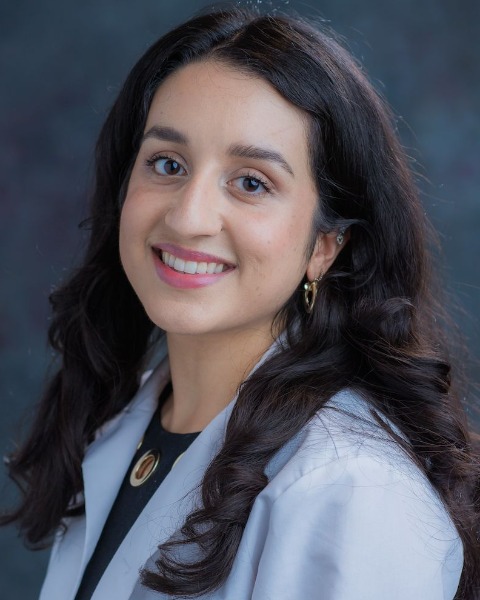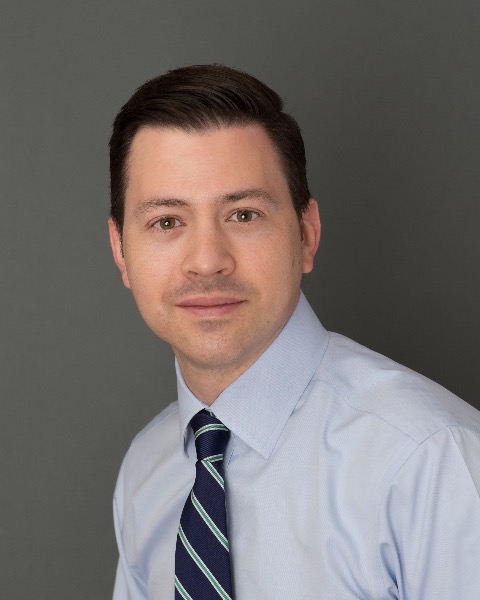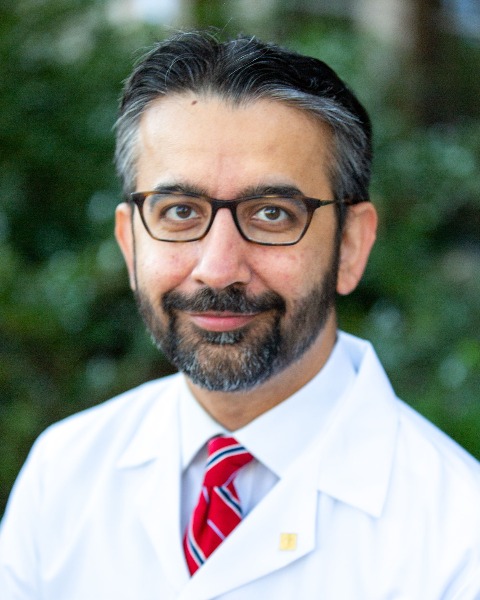SIR 2025
Interventional Oncology
Traditional Poster
65 - Socioeconomic Factors Impacting Survival in Patients with Hepatocellular Carcinoma Treated with Locoregional Therapies: A Single-Center Study

Mariam Dogar, MS (she/her/hers)
Medical Student
Harvard Medical School, United States- MT
Muhammad Mohid Tahir, MD
PGY-1 Preliminary Internal Medicine Resident
Icahn School of Medicine at Mount Sinai - Elmhurst Hospital Center, United States - AA
Aamir Ali, MD
Resident
University of Texas Health Science Center, United States - RA
Razan S. Ali, BS
Medical Student
Washington State University College of Medicine, United States - VN
Victor Novack, MD, PhD
Professor of Medicine
Soroka U Medical Center & Ben-Gurion U the Negev, United States 
Jeffrey Weinstein, MD, FSIR
Assistant Professor of Radiology
Beth Israel Deaconess Medical Center, United States- MA
Muneeb Ahmed, MD, FSIR
Professor of Radiology
Beth Israel Deaconess Medical Center/Harvard, United States 
Ammar Sarwar, MD, FSIR (he/him/his)
Associate Professor of Radiology
Beth Israel Deaconess Medical Center, United States
Poster Presenter(s)
Author/Co-author(s)
To evaluate the impact of socioeconomic factors on survival in HCC patients.
Materials and Methods: A retrospective study of 1,092 HCC patients treated with locoregional therapies (01/2000-12/2022) was conducted. Data on clinical and socioeconomic (age, gender, insurance, race, education level, language, marital status) factors were collected. Survival was analyzed using Kaplan-Meier curves and a multivariate Cox proportional hazards model. Survival was reported as a median (MS) with a 95% CI and censored at the time of transplant.
Results: Among identified patients (median age: 63 [IQR=12.14], 81% male), the majority had Medicare (43%) or private insurance (33%), were White (63%), had a college (42%) or high school (45%) education and were married (51%). Median AFP was 11 (IQR=76), and the majority of patients were Child-Pugh B (72%), BCLC Stage A (66%) and ECOG 0 (75%). The overall mortality rate was 62%, and 23% underwent liver transplant. Non-English-speaking patients had better MS than English-speaking patients (65 months vs. 39 months, p=0.008). Medicaid patients had better MS than private insurance patients (51 months vs. 42 months, p=0.004). College educated patients had better MS than high school educated (44 [37-58] vs. 35 [31-41] months, p=0.007). Asians had better MS than Whites (114 [65-NA] vs. 33 months [30-37], p< 0.001). Blacks had worse MS than Whites when censored for transplant (34 months [26-48], p=0.03). Married patients had better MS compared to divorced/separated (41 vs. 31 months, p=0.009). When controlling for clinical factors, Asians had a lower risk of death compared to Whites (HR: 0.43, 95% CI: 0.27-0.67, p< 0.001). Education, insurance, marital status, language, and number of therapies were not significant predictors of survival in the multivariate model.
Conclusion: While socioeconomic factors such as insurance type, higher education level, and marriage are associated with differences in survival among HCC patients undergoing locoregional therapies, after controlling for clinical variables and transplant status, the only significant predictors of improved survival were race and sex, with Asian and female patients showing better outcomes. These findings emphasize the complex interaction between socioeconomic factors and clinical outcomes, highlighting the need to consider both access to care and underlying clinical factors when managing HCC patients.


.jpg)